11 Best Architectures Around the World
Aug 27, 2024
Category: Others
Admin

Architecture mirrors culture, history, and innovation and makes spaces in which we live, work, and play. Different types of architecture styles found around the globe underscore the creativity and adaptiveness of humankind.
In this blog, some of the most interesting types of architecture will be examined, together with characteristic features, historical background, and applications in contemporary life.
1. Gothic Architecture
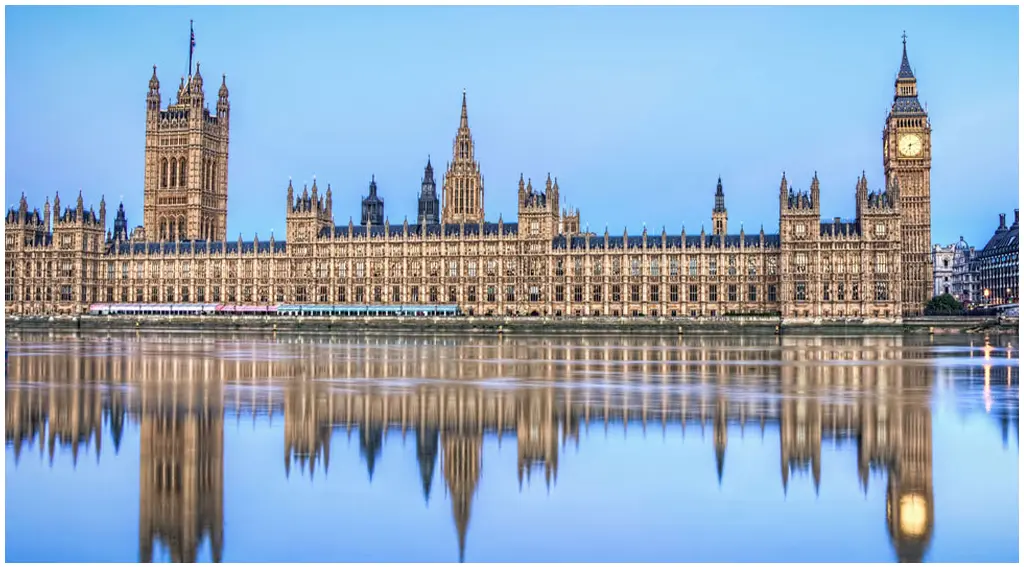
Among various types of architecture, Gothic architecture is one of the architecture styles originating from 12th-century France with its primary characteristics being pointed arches, ribbed vaults, and flying buttresses. This technique was applied foremost to cathedrals and churches, thus leaving a legacy of structures that stretch marvellously skyward.
Structures like Notre Dame de Paris and the Chartres Cathedral. Its supple curving lines, its skeletal transparency, and its ornamental detail on light and height take Gothic architecture ever more soaringly vertical.
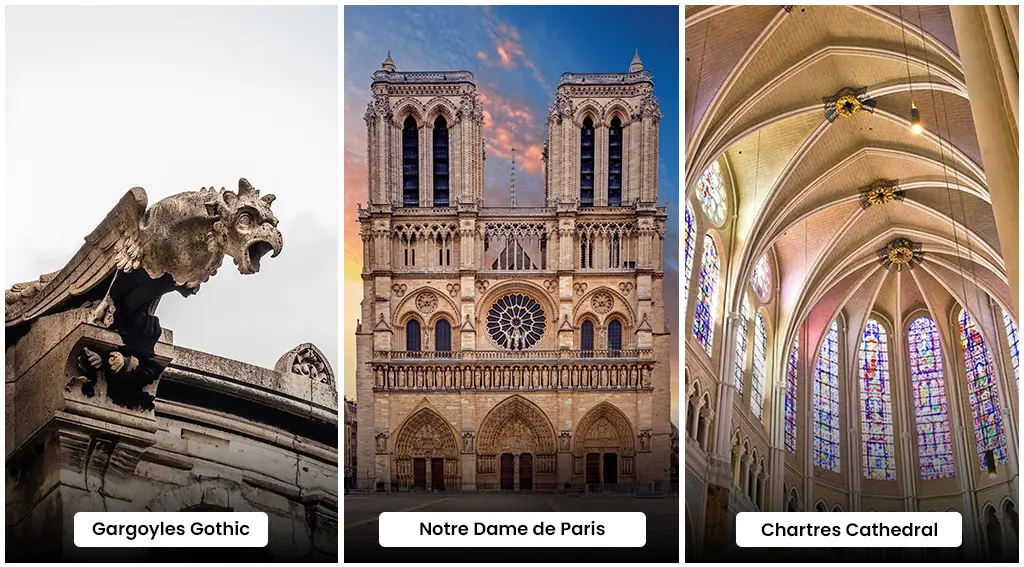
Characteristics:
- Pointed arches
- Ribbed vaults
- Flying buttresses
- Ornate facades
Uses: Primarily religious buildings such as cathedrals.
2. Baroque Architecture

One of the major architecture styles to emerge in the 17th century has been that of Baroque which signified greatness and drama through its movement. This type of architecture largely has bold contrasts, grace and forms that are curvaceous, elite decoration.
The use of Baroque architecture described the power and greatness of both the church and the state. Examples include the Palace of Versailles in France and St Peter’s Basilica in Vatican City.
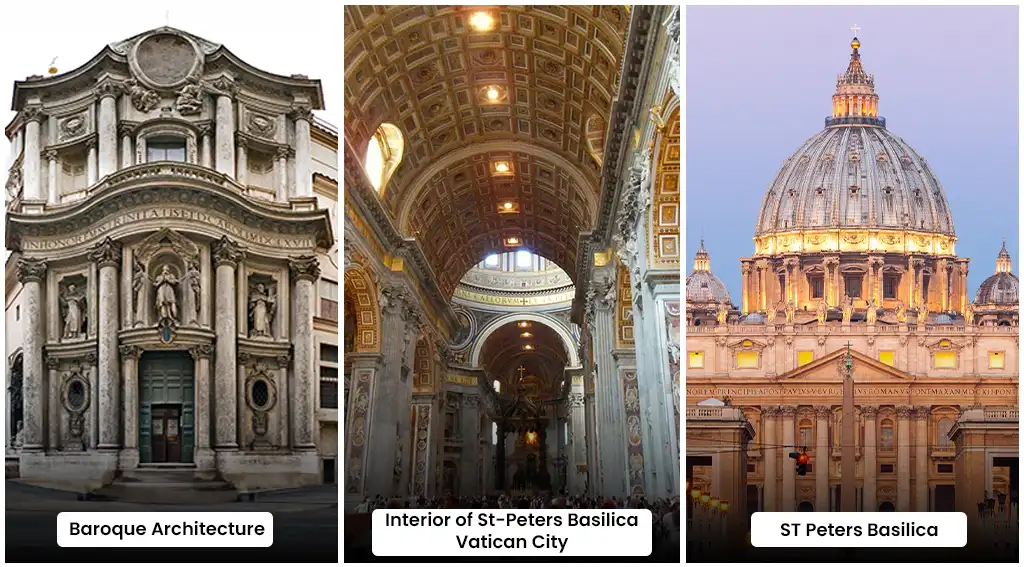
Characteristics:
- Grand scale and lavish decorations
- Use of light and shadow to create drama
- Ornate sculptures and frescoes
Uses: Palaces, churches, and theaters.
3. Neoclassical Architecture
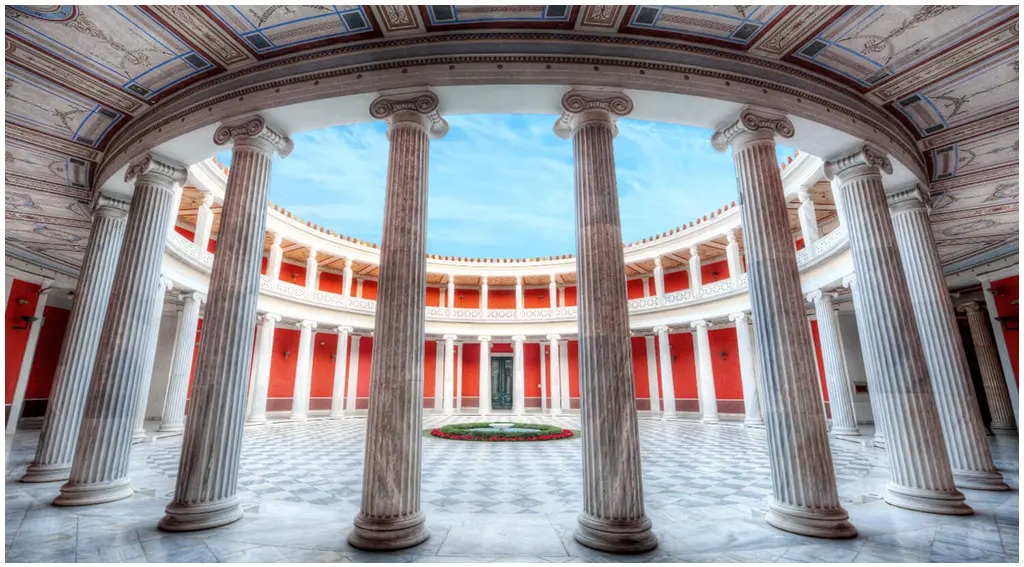
Neoclassical architecture became popular in the 18th century and emerged from classical architecture, which was so well applied by the Greeks and Romans in their designs. It can be noted by the huge use of simplicity, symmetry, the use of columns, and the pediments.
In most cases, Neoclassical architecture turns out to be popularly used in constructing government buildings, museums, and monuments. A good example of this is the United States Capitol in Washington, D.C., and the British Museum in London.

Characteristics:
- Symmetry and proportion
- Columns and pediments
- Minimal ornamentation
Uses: Government buildings, museums, and monuments.
4. Modern Architecture

Modern Architecture is an early 20th-century movement that represents the principles of functionalism, simplicity, and the use of novel materials like steel and glass. Ornamentation is lacking, and this style lines up cleanly and opens up spaces.
Examples of modern architecture can be found in residential, commercial, and public buildings. The Bauhaus in Germany and the Seagram Building in New York remain iconic representations.

Characteristics:
- Clean lines and minimalism
- Open floor plans
- Use of steel, glass, and concrete
Uses: Residential buildings, skyscrapers, and commercial spaces.
5. Brutalist Architecture
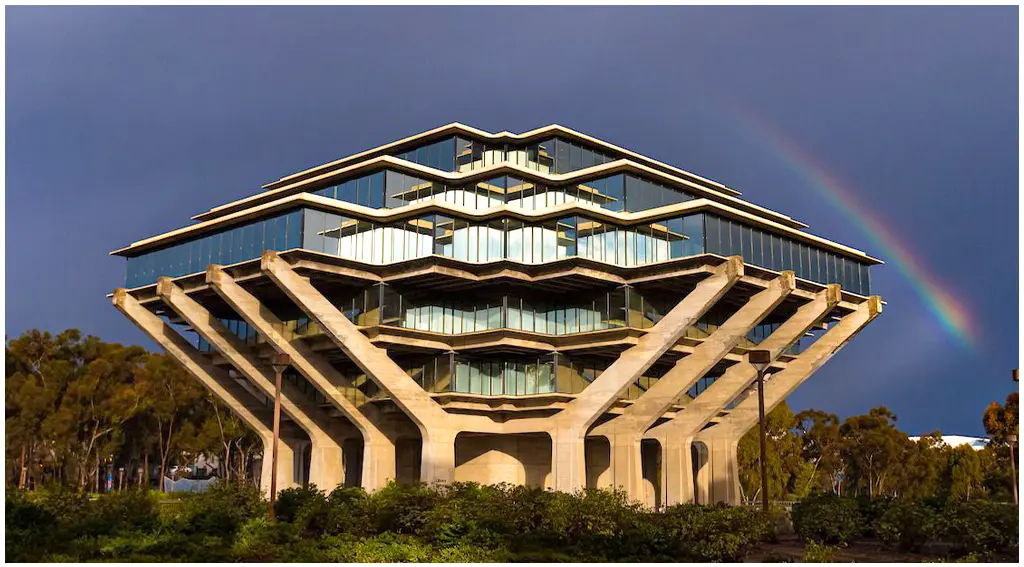
Brutalism is an architectural style that developed after World War II, emphasizing an imposing or rugged appearance and the exposure of concrete and structural-functional aspects. Brutalist buildings are characterized by monumental presences in geometrical forms, consisting of large, thick blocks.
Prominent examples of buildings in the Brutalist style include the Unité d’Habitation in Marseille and Boston City Hall.

Characteristics:
- Exposed concrete surfaces
- Geometric forms
- Massive scale
Uses: Government buildings, universities, and housing complexes.
6. Art Deco Architecture
Art Deco was the dominant design style of the 1920s and 1930s and is characterized by geometric patterns, bold colours, and lavish ornamentation. This style unified modern materials such as chrome and glass with traditional modes of craftsmanship.
It was applied to anything from skyscrapers to cinemas and was especially popular in the United States. Examples include the Chrysler Building in New York and the Palais de Tokyo in Paris.
Characteristics:
- Geometric patterns
- Bold colours and lavish decoration
- Use of modern materials
Uses: Skyscrapers, theaters, and commercial buildings.
7. Curved Architecture
The curved style of architecture is modernistic and innovative, this, embraces liquidness and organic forms. Advanced technology and materials are often employed during the creation of sweeping curves and smooth-flowing lines in the creation of curved architecture. The curved architecture will be found in a number of different buildings, from museums, to commercial spaces, to residential homes.
Popular features of curved architecture are its aesthetic, functionality, and harmonized work with the natural environment. Iconic examples are the Guggenheim Museum in Bilbao by Frank Gehry and the Heydar Aliyev Center in Baku by Zaha Hadid.
Characteristics:
- Smooth, flowing lines and curves
- Integration with the surrounding environment
- Use of advanced materials and technology
Uses: Museums, cultural centres, and modern residential buildings.
8. Sustainable Architecture
Sustainable architecture is a current redefinition where the goal is to lessen the environmental impact by the effectiveness of energy, materials being used, and incorporation of natural elements. The style leads toward a lesser carbon footprint and ensures healthier surroundings. Examples include the Bullitt Center in Seattle and Bosco Verticale in Milan.
Characteristics:
- Energy efficiency
- Use of sustainable materials
- Integration with natural surroundings
Uses: Residential buildings, offices, and public spaces.
9. Islamic Architecture
Islamic architecture is known to be decorated with minute tile work and geometrical patterning, along with good use of domes and minarets. The style has been used in much of the Middle East, North Africa, and parts of Asia.
Some prominent examples are the Alhambra in Spain and the Sheikh Zayed Grand Mosque in Abu Dhabi. Courtyards, water, and a strong association with nature together thread Islamic architecture.
Characteristics:
- Geometric patterns and calligraphy
- Use of domes and minarets
- Intricate tile work
Uses: Mosques, palaces, and public buildings.
10. Colonial Architecture
Colonial architecture refers to the styles that were used by European colonizers in the Americas, Asia, and Africa. The architecture style is usually a confluence of the then-colonizers’ native architecture with the influence of the local ones.
Features that one will often find in colonial architecture are symmetry, gable roofs, and big verandas: a few examples being the colonial homes in New England and the Dutch colonial buildings in South Africa.
Characteristics:
- Symmetry and balance
- Gable roofs
- Large verandas
Uses: Residential homes, churches, and government buildings.
11. Vernacular Architecture
Vernacular architecture is characterised by the use of material at hand worked into buildings, using craft skills passed from generation to generation. It is an architecture motivated by culture and climate. This kind of architecture is usually sustainable and eco-friendly because it shows cooperation with the local environment.
Examples include bamboo houses in Southeast Asia and adobe houses in the American Southwest.
Characteristics:
- Use of local materials
- Adaptation to climate
- Traditional construction methods
Uses: Residential buildings and community structures.
The world has an architecture that is as varied as the cultures with which it identifies itself. From towering spires on Gothic cathedrals to curved lines on modern skyscrapers, every architecture has stories to tell about the kind of people and places from which they have originated.
Comprehending various types of architecture helps bring appreciation for the beauty and functionality of buildings all around us.
FAQs
Q1. What are the most common types of architecture?
Ans. Some common types of architecture include Gothic, Baroque, Neoclassical, Modern, and Sustainable architecture.
Q2. How does vernacular architecture differ from other types of architecture?
Ans. Vernacular architecture is unique in its use of local materials and traditional construction methods, adapting to the specific climate and culture of a region.
Q3. What defines sustainable architecture?
Ans. Sustainable architecture focuses on minimizing environmental impact through energy efficiency, the use of sustainable materials, and integration with nature.








